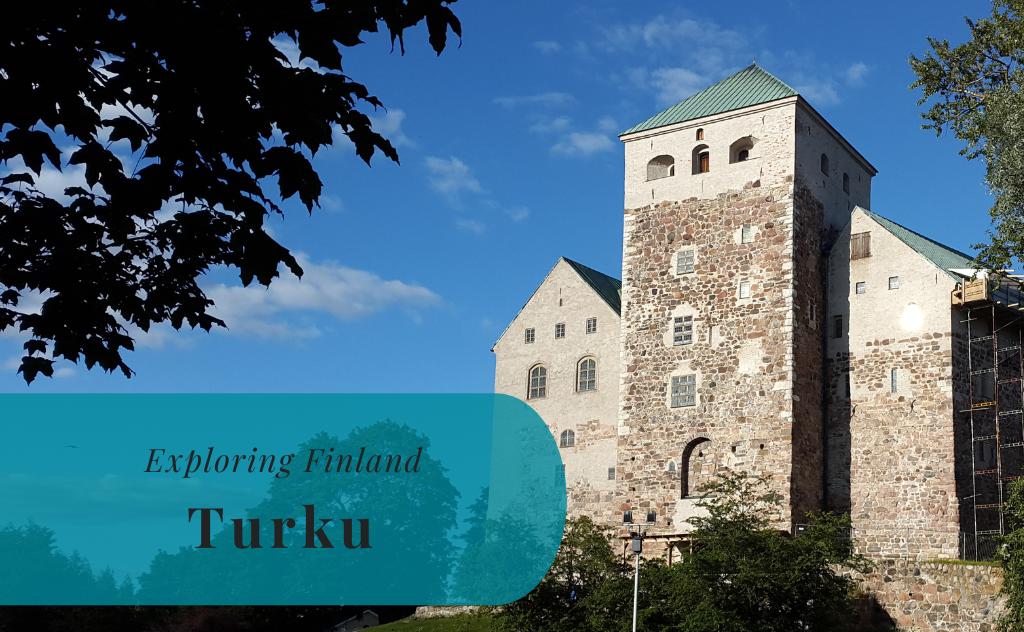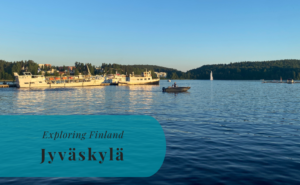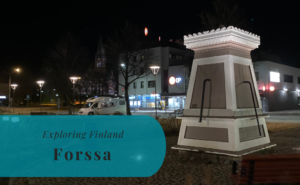Welcome to Turku! It is the oldest town in Finland and its former capital. Known by many by its Swedish name Åbo, this town has a long history, being a part of Sweden, Russia, and eventually Finland. Turku is today the center of the sixth-largest municipality in Finland, with a population of around 195.000 inhabitants. About five percent of the inhabitants still have Swedish listed as their mother tongue. It is time for a walk along the river Aura with its historical sights, as the ferries depart regularly from the harbor at the coast of the Baltic Sea and the Castle watches out over the town as a constant guardian.
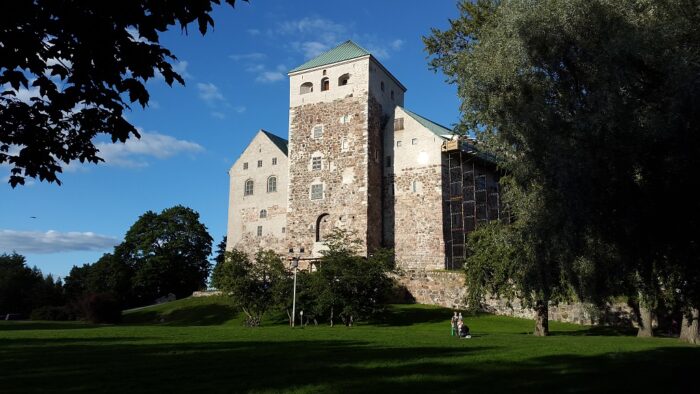

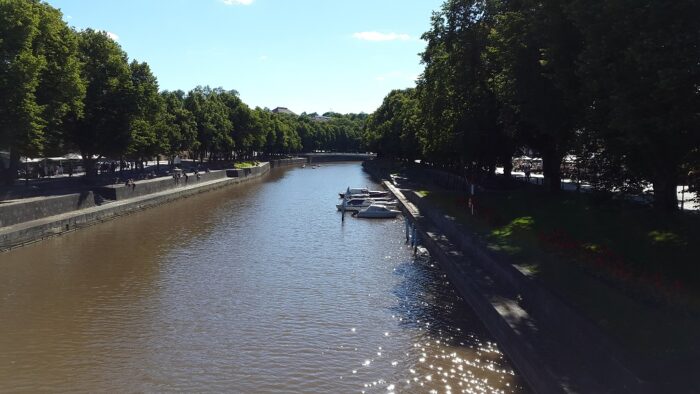
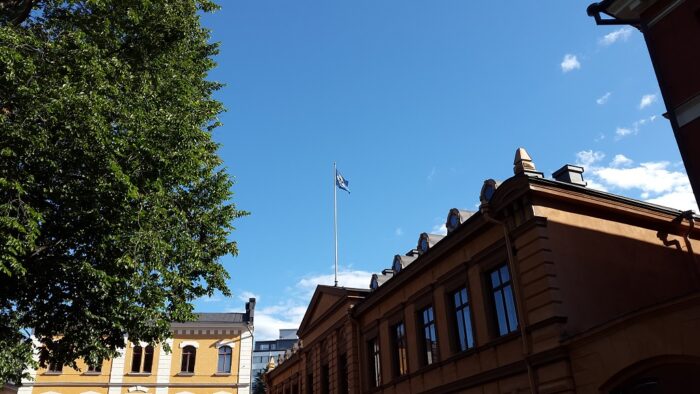
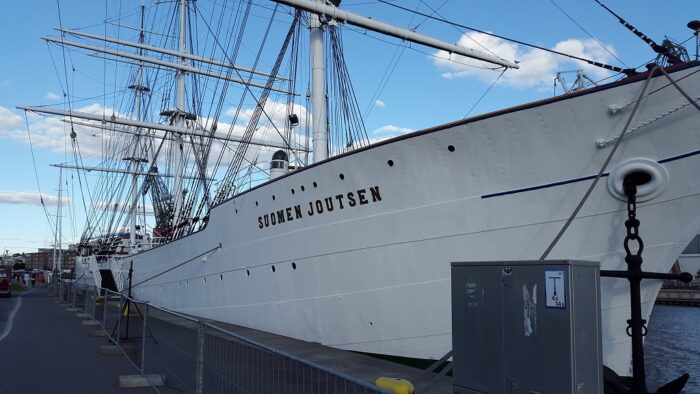
A Short History of Turku
The history of Turku has been set to start on the 23rd of January 1229. That is the time the town is first mentioned in a letter by the pope. The place was most likely used already prior to that date, but it was then that the seat of the bishop was moved from Nousis to Korois in what is today Turku. The town would become the base for both the catholic religion and the Swedish Crown in expanding their influence in what was to become the eastern half of Sweden. To make this possible and defend the town, the Turku Castle was built at the end of the 13th century. However, it didn’t prevent further attacks by Russian and Danish troops who several times plundered the area and burned the town to the ground.
The Rise and Fall of Swedish Åbo
The major development of Turku began in the 17th century. At the time, the Governor-General of Finland, Per Brahe the Younger, made large changes to the layout of the town. The population increased to around 6.000 inhabitants before the devastating effects of the Russian attacks during the Great Wrath in the early 18th century. This was a period when many of the town’s inhabitants fled to Sweden.
Turku survived as the center for trade, religion, and education in Finland during the rest of the Swedish rule. Much did, however, change when Finland 1809 became a part of the Russian Empire. In 1819 many of the official positions in Finland were moved from Turku to Helsinki. The university followed in 1828 and in 1840 Turku lost its position as the largest town in Finland.
The Rise of Finnish Turku
It took until the Finnish Civil War before Turku started to re-establish itself within Finland. Åbo Akademi University (a Swedish lanaguage university) opened in 1919 and Turku University (Finnish) in 1922. With minor setbacks during the World Wars, when Turku was lightly bombed, the town has continued to develop during the 20th century. It has during the time become an important center for industry, commerce, and public institutions.

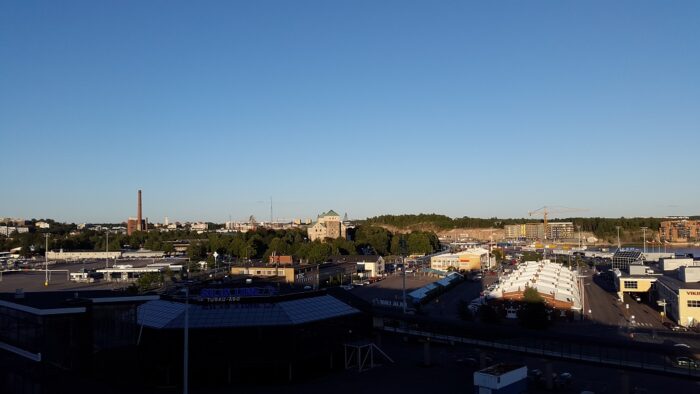

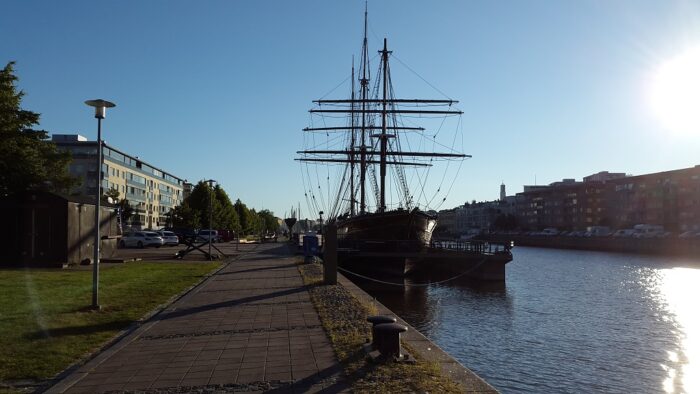
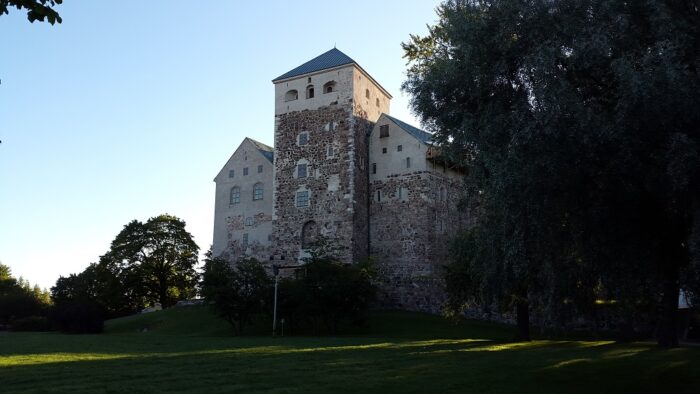
Things to Do and See
There are few places in Finland that can compete with Turku in regard to history and historical sights. There are in addition plenty of green space and many culinary experiences to explore. If you happen to travel with kids, there is also the possibility to head to nearby Naantali and Moomin World.
Turku Castle
Turku Castle, also known as Turun Linna and Åbo Slott in Finnish and Swedish respectively, is really one of the most prominent buildings in Turku and has been so for centuries. The castle was built during the Swedish era in the 1280s. It is a stone castle and it stands at the mouth of the Aura River.
Turku Cathedral
The other prominent and historical building in the town is the Turku Cathedral, also known as Turun Tuomiokirkko and Åbo Domkyrka in Finnish and Swedish. It was originally built of wood in the late 13th century and became the main church of Finland in the year 1300. It was also in 1300 that it was consecrated to Virgin Mary and Saint Henry. Henry was an English clergyman who became an important figure in the Catholic church in Finland.
The many alterations and expansions of the Cathedral during the centuries have turned the former wooden church into an impressive cathedral built with bricks. It is today the Mother Church of the Evangelical Lutheran Church of Finland. In addition, this is the only medieval basilica in Finland.
Forum Marinum & Suomen Joutsen
Forum Marinum is the maritime center of the city and includes both museums as well as outdoor sights of majestic ships. The Forum Marinum includes the National Special Nautical Museum and the Finnish Navy Museum.
Outside the center, anchored along the shores of the Aura River, lies Suomen Joutsen. Suomen Joutsen is a steel-hulled full-rigged ship. It was built in 1902 in St. Nazaire, France, and has earlier been known under the names Laënnec and Oldenburg. Its three masts are visible from far away and the ship has become one of the main attractions in the city.
Turku Market Hall
Turku is famous for its culinary offers. in addition to this, there is also the Turku Market Hall. It is the second oldest market hall in Finland and it opened as early as 1896. The 118 meters long market hall today offers local and national delicacies.
Aboa Vetus Ars Nova Museum
The Aboa Vetus Ars Nova Museum is the local museum of archaeology and contemporary art. Here you can see view the ruins of Old Turku, or the Aboa Vetus’s archeological site. Then there is the Ars Nova exhibition that is centered around showcasing pieces of contemporary art.
Luostarinmäki Handicrafts Museum
The Luostarinmäki Handicrafts Museum is an open-air museum on Cloister Hill. Today the museum includes 18 blocks of buildings dating back to the 18th and early 19th century. The earlier residential area was turned into a museum in 1940. A few people continued to live within the museum boundaries for several decades. The last resident was Hilma Mäenpää, who lived here until her death in 1982.

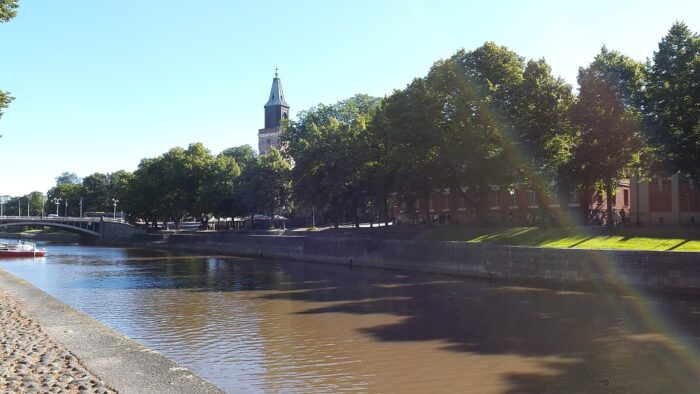
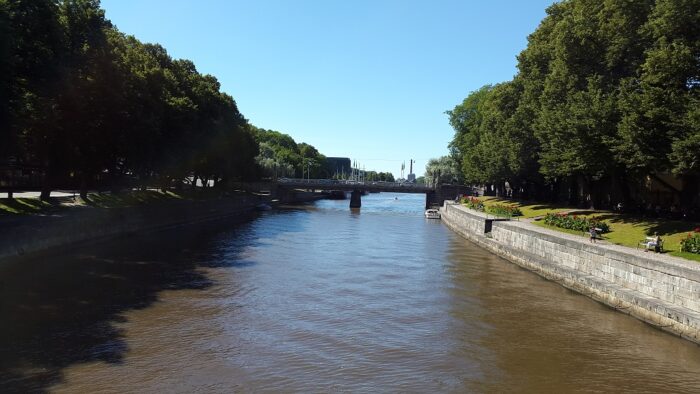
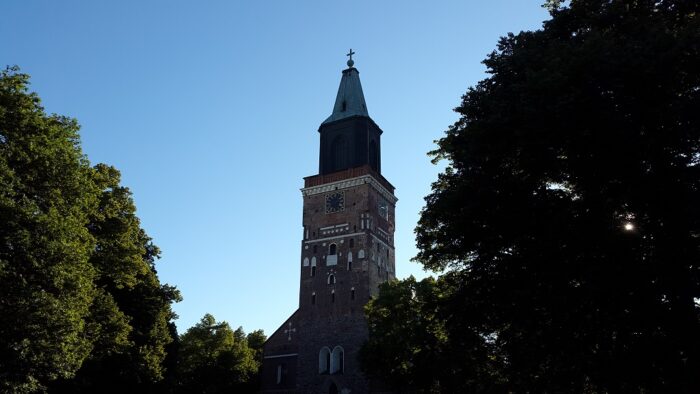
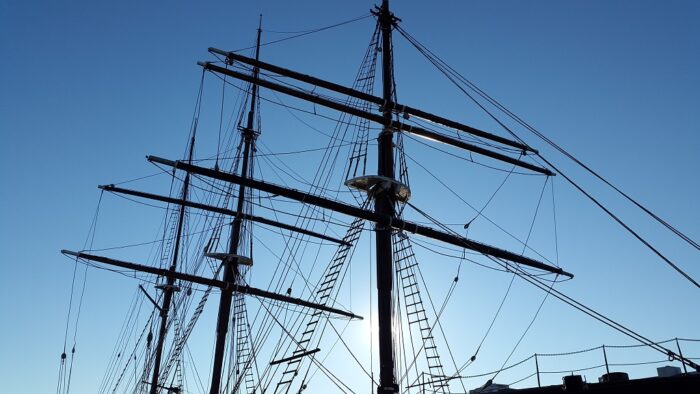
How to Get to Turku
- Flights: The closest major airport is Turku Airport (TKU), 8 kilometers drive away with mostly domestic flights as well as a few charter airlines. Helsinki Airport (HEL) is 170 kilometers away and is the main airport in Finland with both domestic and international flights.
- Car: Turku is at the intersection of the three highways E8, E18, and E63 in the southwestern corner of Finland.
- Train: The local train station has regular train services to and from Helsinki and Tampere.
The driving distance from 4 major Finnish cities, according to Google Maps:
- Helsinki – 168 kilometers (1 h 47 min)
- Vaasa – 331 kilometers (3 h 55 min)
- Oulu – 647 kilometers (7 h 27 min)
- Joensuu – 575 kilometers (6 h 39 min)
Looking to Explore more of Finland and Europe?


